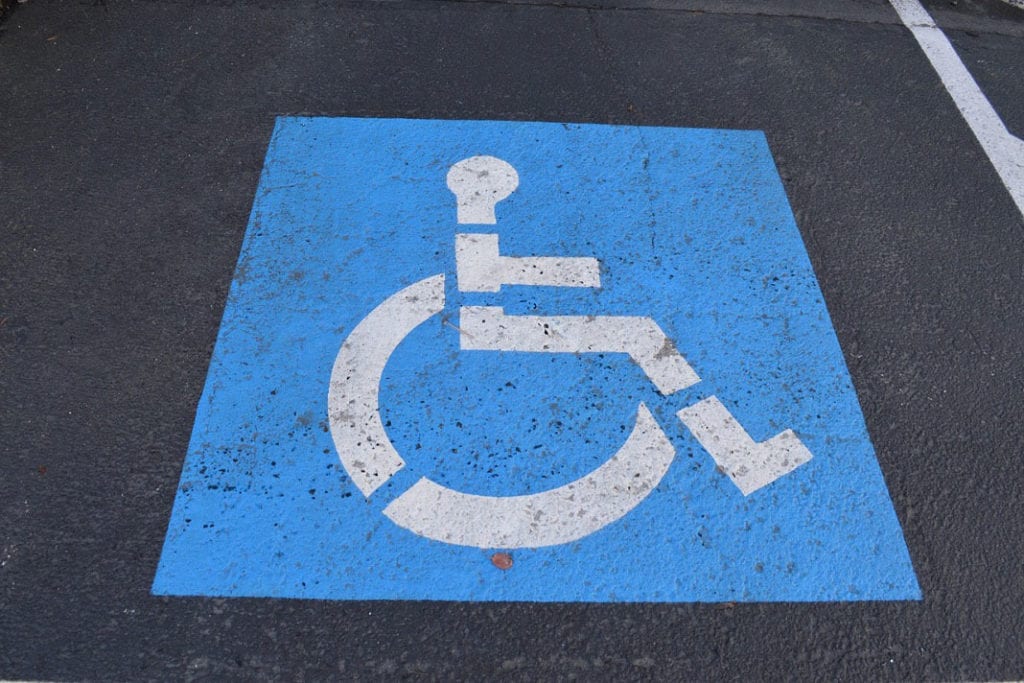Right up front, I’ll admit I’ve done this: You’re in a parking lot looking for a parking space when you pass a handicapped spot. You see the placard that gives the driver permission to park there, then you see the driver. He (or she) looks… healthy, physically fit, very able-bodied.Typically, I shake my head in disgust and take another trip around the parking lot. What I’ve rarely considered is the reason that person needs a more convenient parking spot may not be identifiable by my naked eye.
That person may be struggling with an invisible illness such as Lyme disease.
One survey has shown that 10 percent of Americans have a chronic condition or illness that may cause them to be sick. A chronic condition is a disease with long-lasting effects and lasts for more than three months. Chronic conditions are not always visible and can often be misunderstood by anyone who isn’t struggling with them. Some invisible illnesses are: multiple sclerosis, dysautonomia, fibromyalgia, chronic fatigue syndrome, lupus, rheumatoid arthritis, chronic myofascial pain, chronic Lyme disease.
Some people may choose to keep their conditions “hidden” to avoid giving the impression of being less capable in the workplace or social gatherings. Sometimes, the only way you’ll know someone may have an invisible illness is based on a small blue placard hanging from a rearview mirror.
“Seeing is believing” does not apply with invisible illnesses.
Illnesses can be physical, mental, or emotional. They are often classified as anything that stands in the way of a person getting out and around. The challenge to participate at school, work, or in a social situation may be easily identifiable in some situations and not in others. For example, when a person who is deaf is pulled over for a traffic stop. The driver’s challenge will not be obvious until the officer addresses the driver.
Those who suffer from invisible illnesses such as chronic Lyme disease may be considered less than energetic when actually there is a critical disease causing all kinds of issues in their body.
Just because someone doesn’t look like they’re ill, does not necessarily mean they are not suffering just below the surface.
In my little corner of the world, people with invisible illnesses deserve to be given the closest parking spot every time they’re out and about, at the very least. They also deserve a whole lot more understanding for what they are dealing with on an everyday basis, whether it’s something that can be seen or not.








